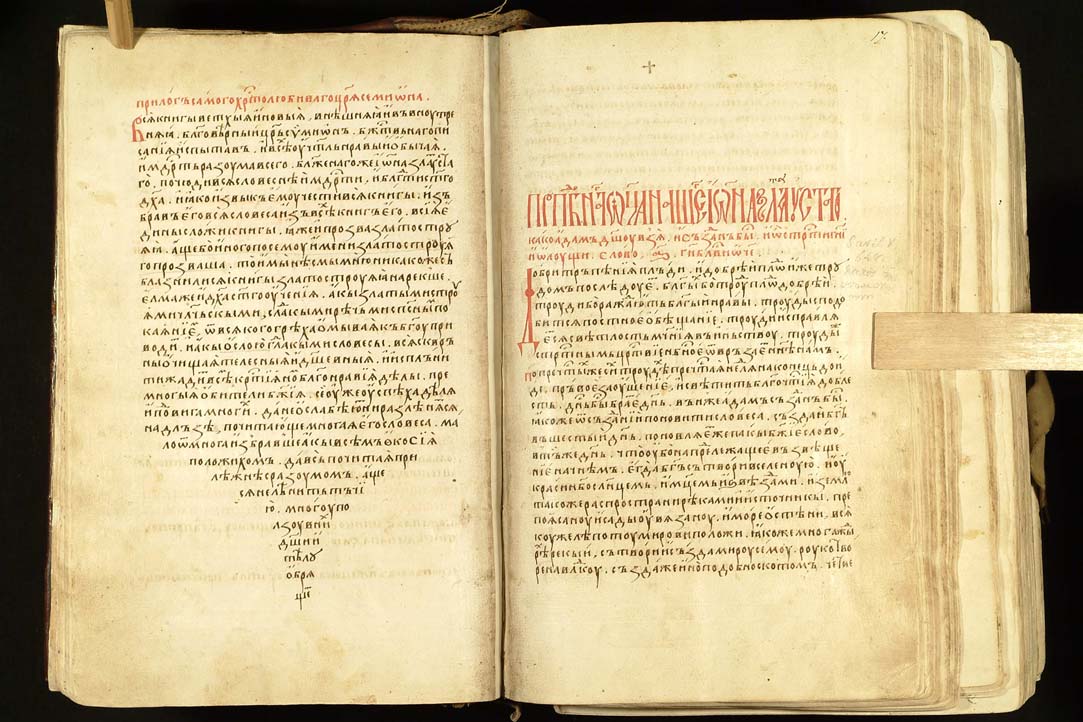Thanks to the project “Reconstruction of the Preslav Hagiographical Collections: Publication and Research of the Stanislav’s Menologion” (DMU 03/19), financially supported by Bulgarian Science Fund (Ministry of Education, Youth and Science), one of the most highly appreciated manuscripts of the National Library “SS. Cyril and Methodius” in Sofia, Ms. 1039 (14th century, reading menaion for September-November) is already online. Hagioslavica grants access to copies of all the pages of the manuscript and to codicological and bibliographic data. Soon a diplomatic edition of the manuscript will be added.
The address of the web-site is http://hagioslavica.com/en/home/.

